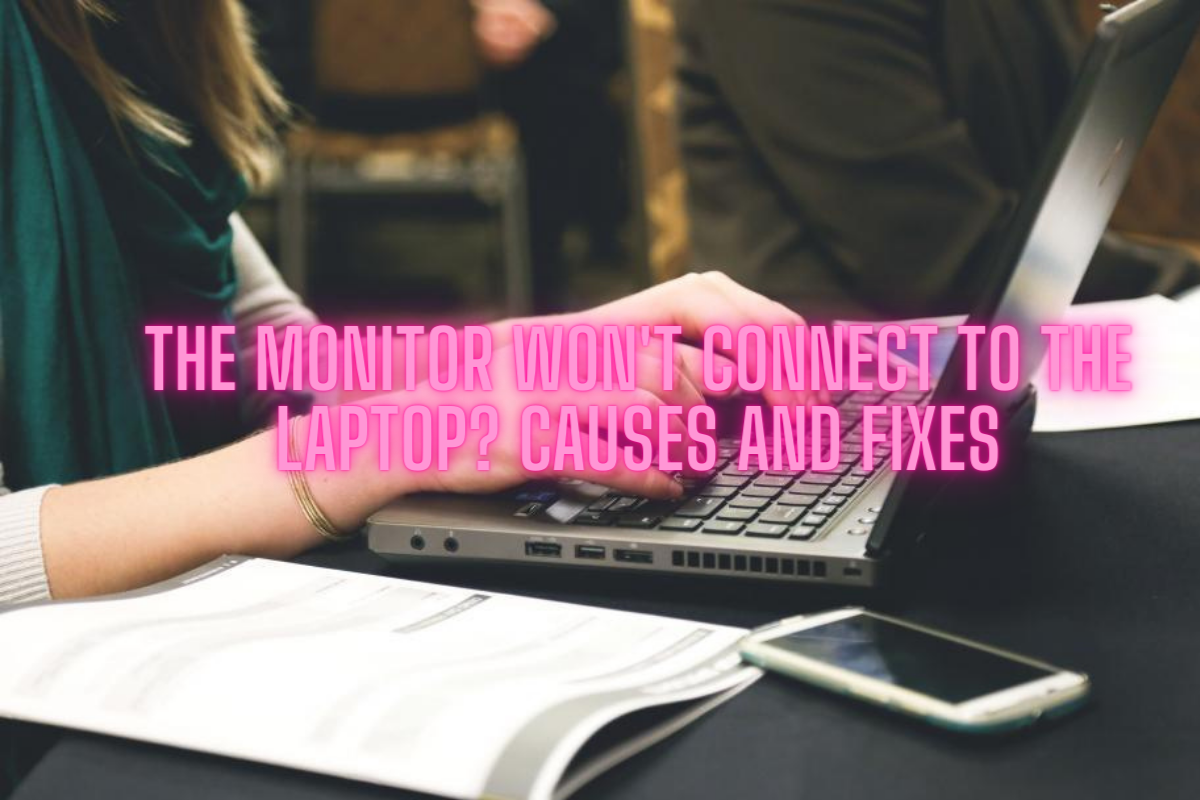Your cart is currently empty!

The Monitor Won’t Connect to the Laptop? Causes and Fixes
The dynamic shift towards remote work and digital learning significantly increases the necessity of a stable monitor-laptop connection. Imagine settling for an important video conference or a gaming session and finding the monitor refusing to connect to your laptop – frustrating, isn’t it? While these technological glitches seem challenging, understanding the foundation of the problem is the first gateway to an efficient solution. This comprehensive guide, therefore, has been thoughtfully curated to assist you through the journey of troubleshooting when your monitor won’t connect to your laptop. From exploring the common causes such as faulty cables, and outdated drivers to addressing more intricate concerns, each step of this guide will empower you with all the necessary insights. So, let’s delve deeper into these troubleshooting steps designed for both beginners and advanced users and ensure an uninterrupted digital experience.
Common Causes
There could be various reasons why your monitor isn’t connecting to your laptop:
- Faulty Cables or Ports: Physical damage or defects could be the source of the problem.
- Incorrect Display Settings: Sometimes, your settings might be set in a way that prevents the monitor from connecting correctly.
- Outdated or Corrupt Drivers: If your graphics drivers are out of date or corrupted, this could prevent the connection.
- Incompatible Display Modes: Certain display modes might not be compatible with your monitor.
Step-by-Step Fixes
Here are some potential solutions to consider:
Fix #1: Check Your Cables and Ports
Inspect your HDMI, VGA or DVI cables for any physical damage. Sometimes, it could just be a simple issue of a worn-out cable. If the cable looks fine, try using another one to double-check its functionality.
Additionally, inspect the ports on both your laptop and monitor. Make sure they are clean, undamaged, and free of debris.
Fix #2: Correct Your Display Settings
If your operating system doesn’t detect the external monitor automatically, you may have to manually force it to do so. For Windows users, navigate to Settings → System → Display → Detect. For macOS users, open System Preferences, click on Displays, then hold down the Option key while you click the Detect Displays button.
Fix #3: Update Your Drivers
Outdated or corrupted drivers could be hindering your monitor’s ability to connect with your laptop. Check your graphic card’s manufacturer’s website for available driver updates or use a trusted third-party tool. Always restart your system after updating drivers.
Fix #4: Adjust Display Mode
Some monitors may not support the display mode that you’re using on your laptop. On Windows, you can adjust your display mode by going to Settings → System → Display →Advanced display settings and then choosing a different resolution or refresh rate. Mac users can find similar options within System Preferences → Displays.
Remember, it’s crucial to make changes one by one and document your steps. This way if anything worsens, you can revert the settings back to their original state.
Final Thoughts
If all else fails and your monitor is still not connecting to your laptop, it might be time to consult with a professional. It’s possible that there could be a more significant hardware problem at hand. Keep in mind that troubleshooting computer issues might take time, but rest assured that it’s worth it when aiming for an optimal workstation setup.
Leave a Reply